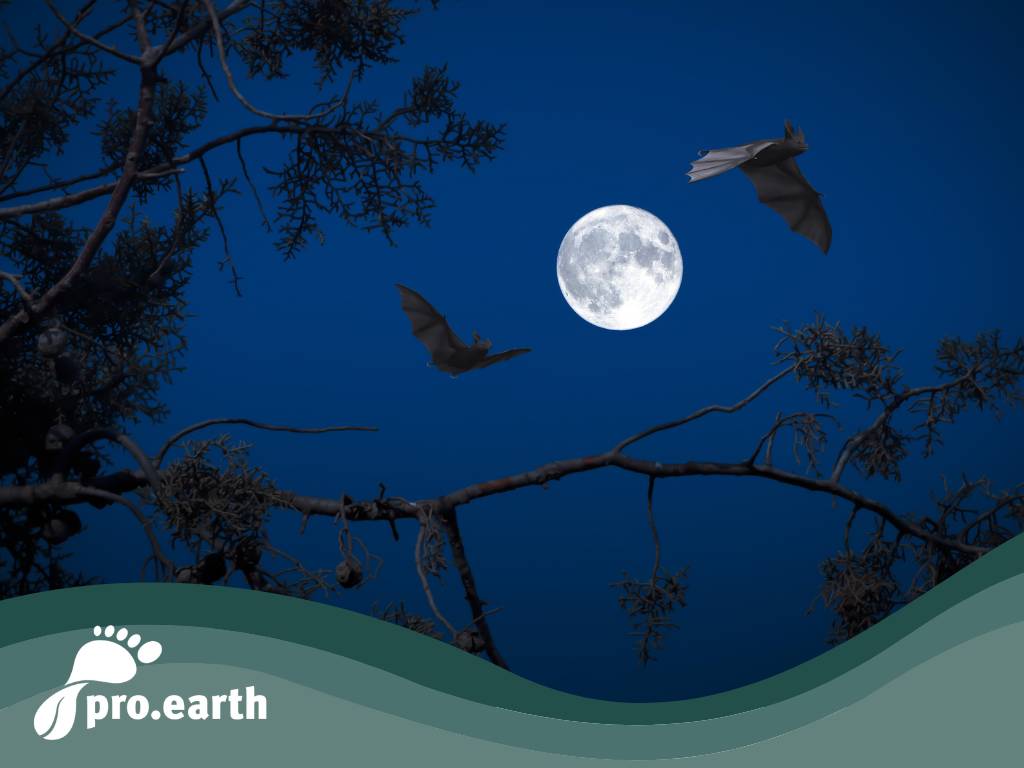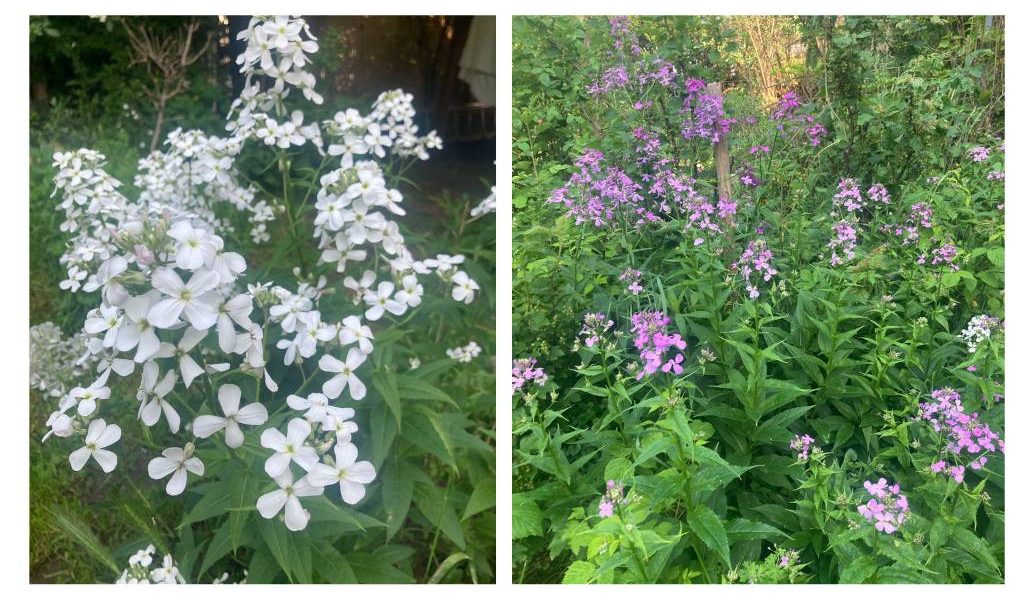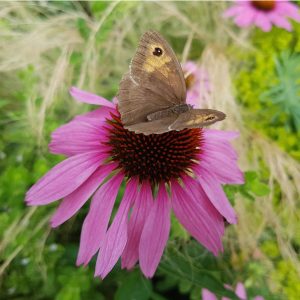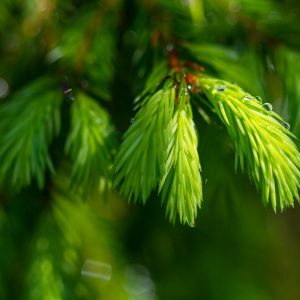Plants for nocturnal insects

If a wonderful scent wafts through the garden at dusk, then a plant has virtually sent out an invitation for nocturnal insects to visit it. Many insects are out and about at night and are attracted not by colorful flowers but by scents. Today, we #Beetschwestern want to introduce you to a few of these plants that you can easily cultivate in your own garden. We believe that every natural garden should include species for nocturnal animals. These then also serve as food for bats, among others. In this way, we contribute to species conservation and also to the reintroduction of certain species.

We particularly love the native night violet (Hesperis matronalis), which likes a sunny to semi-shady, not too dry garden spot, and the moon violet (Lunaria rediviva), which likes moist, shady planting spots - here it flowers right next to the currants in a fairly sunny spot. They both open their flowers during the day, but only give off their wonderful scent in the evening and at night. We have grown them from seed and they are now self-seeding. The moon violet, which flowers purple, grows up to 120 cm tall, while the night violet, which flowers white, is considerably smaller at 70 cm.
Other food plants for night owls are:
- Campion (Silene album), only opens its flowers in the evening from May
- Evening primrose (Oenothera), which only opens its flowers in the evening and exudes a wonderful fragrance - it has settled in our garden of its own accord
- Soapwort (Saponaria officinalis) tends to spread widely in the garden by stolons and seeding
- Ornamental tobacco that is also suitable for balconies
- Perennial phlox (Phlox paniculata) is attractive to diurnal and nocturnal insects
- Borage (Borago officinalis)
- Flowering herbs such as lemon balm, mojito mint, garden sage and thyme
- Common privet
- Tall stonecrop (Sedum telephium)
There are also night-flowering potted plants such as angel's trumpet (Brugmansia), golden calyx (Solanandra), night jasmine (Cestrum nocturnum) and tobacco species (Nicotiana).
T I P P
The caterpillars need nurseries such as wild marjoram, fennel, nettle and various types of thistle!






